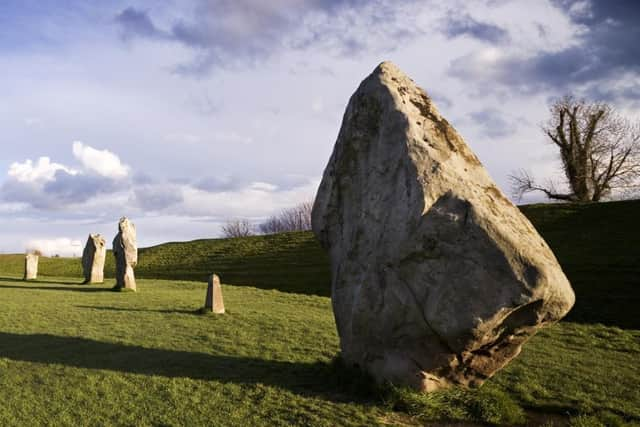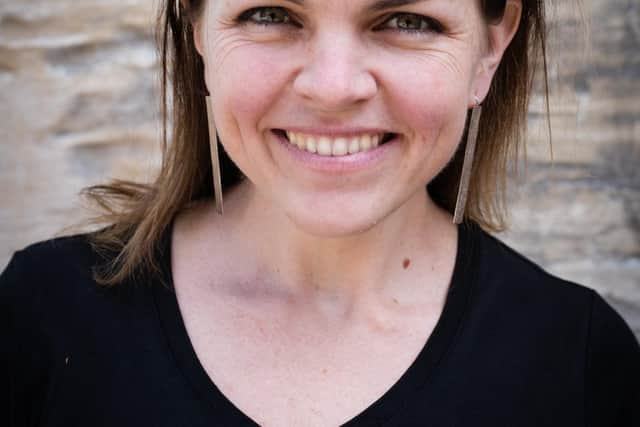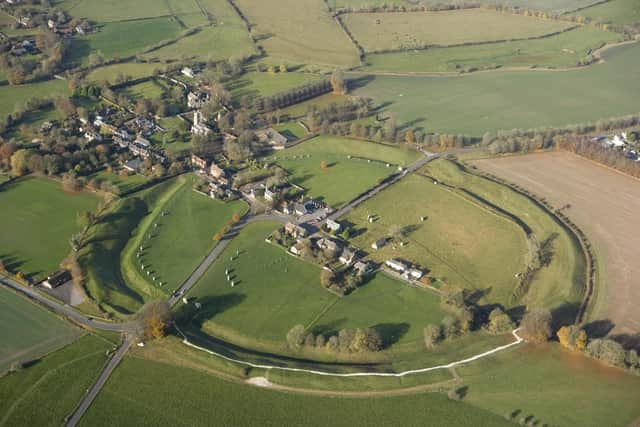York archaeologist to help share the secrets of the world's largest stone circle
Now with the work of an archaeologist in York some of these secrets are to be shared, building on findings from before the Second World War.
The archives of the world-famous megalithic monuments at Avebury in Wiltshire are to be digitised online, with researchers bringing 5,000 years of history to life.
Advertisement
Hide AdAdvertisement
Hide AdDr Colleen Morgan, from the University of York’s Department of Archaeology, is working with a team from the National Trust, Archaeology Data Service and Bournemouth University.


With support from Historic England and English Heritage, they are creating a public, open access digital archive of Avebury and the vast archaeological discoveries made there.
Dr Morgan said: “Avebury's significance extends far beyond the British Isles, informing research on a range of fundamental questions concerning the European Neolithic, such as why and how people went to the trouble of building such vast monuments.
“By providing a fuller understanding of the history of this World Heritage Site, this research and the multimedia digital archive it will generate, will enable more effective heritage management, education, and tourism programmes.”
Advertisement
Hide AdAdvertisement
Hide AdAvebury's megalithic monuments, dated to the first half of the 3rd Millennium BCE, form part of the UNESCO Stonehenge and Avebury World Heritage Site.


It includes one of the UK's largest Henge monuments, with the world's largest stone circle at almost 350m in diameter along with avenues of paired standing stones over 3.5km.
This four-year project is to expand and digitise archives, detailing its Neolithic origins and history from a medieval hamlet to a modern heritage site of tourism and spirituality.
The project, called The Avebury Papers, will add to archaeological work that was ended by the outbreak of the Second World War, exploring the stories of those that made it possible.
Advertisement
Hide AdAdvertisement
Hide AdThe Avebury estate was sold to the National Trust by Alexander Keiller and the monument placed in the Guardianship of the state in 1944. In 1966, the collection of the Alexander Keiller Museum was given to the nation by Gabrielle Keiller, Alexander Keiller’s widow.


Overarching responsibility now lies with Historic England, on behalf of the nation. Historic England’s national collection of historic sites and artefacts is managed by the English Heritage Trust and at Avebury the Alexander Keiller collection is on loan from English Heritage to the National Trust, who own and operate the site.
Professor Mark Gillings, from Bournemouth University, said: “Despite its international importance, the only large-scale archaeological excavations to take place at Avebury were concluded just before the outbreak of WWII.
“Whilst a masterful summary of the results of this work was produced in the 1960s, the incredible detail they revealed has remained unstudied and unpublished. We want to open up this work, and allow the public to see this site in a new way for the first time.”
More details about the Avebury Papers project - funded by the Arts and Humanities Research Council (AHRC) - can be found on its website.